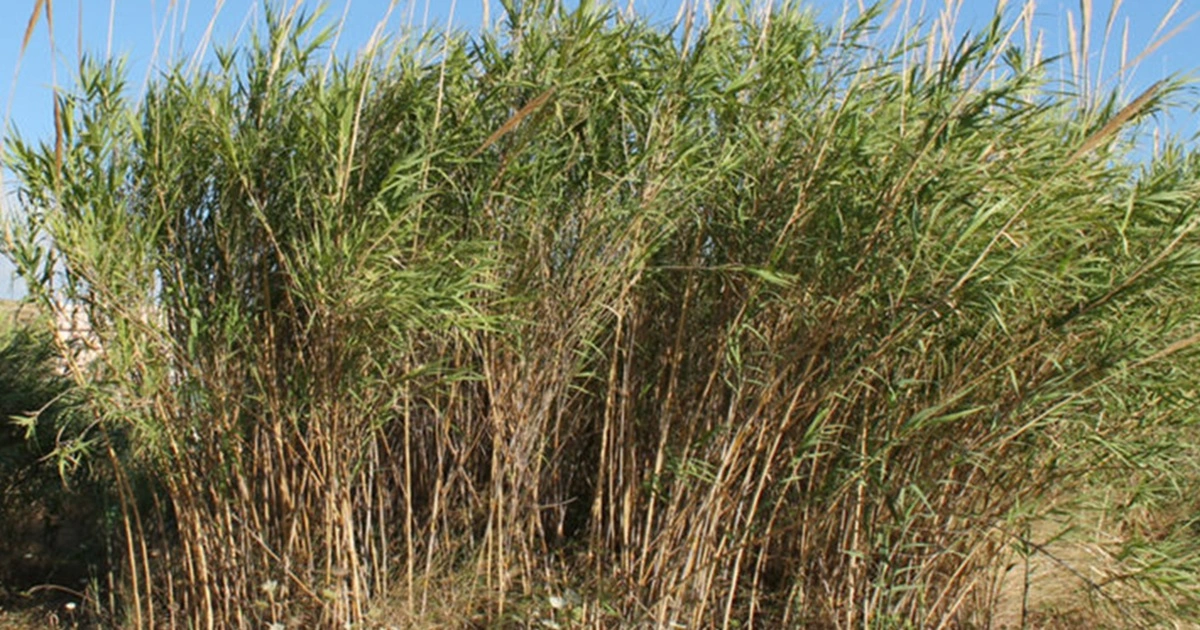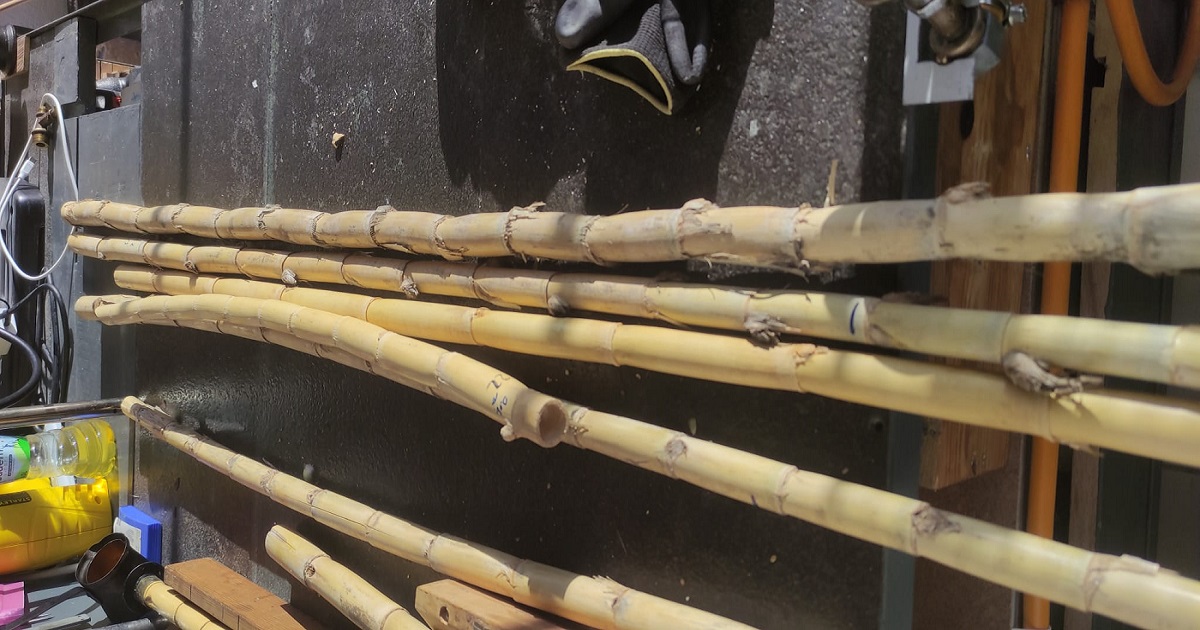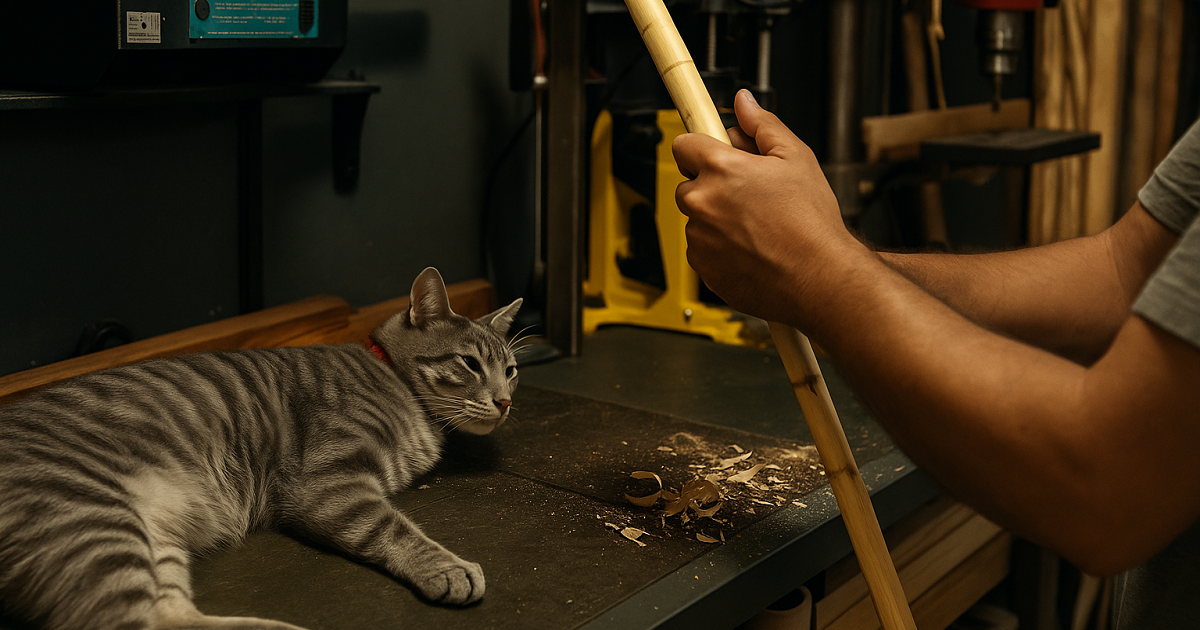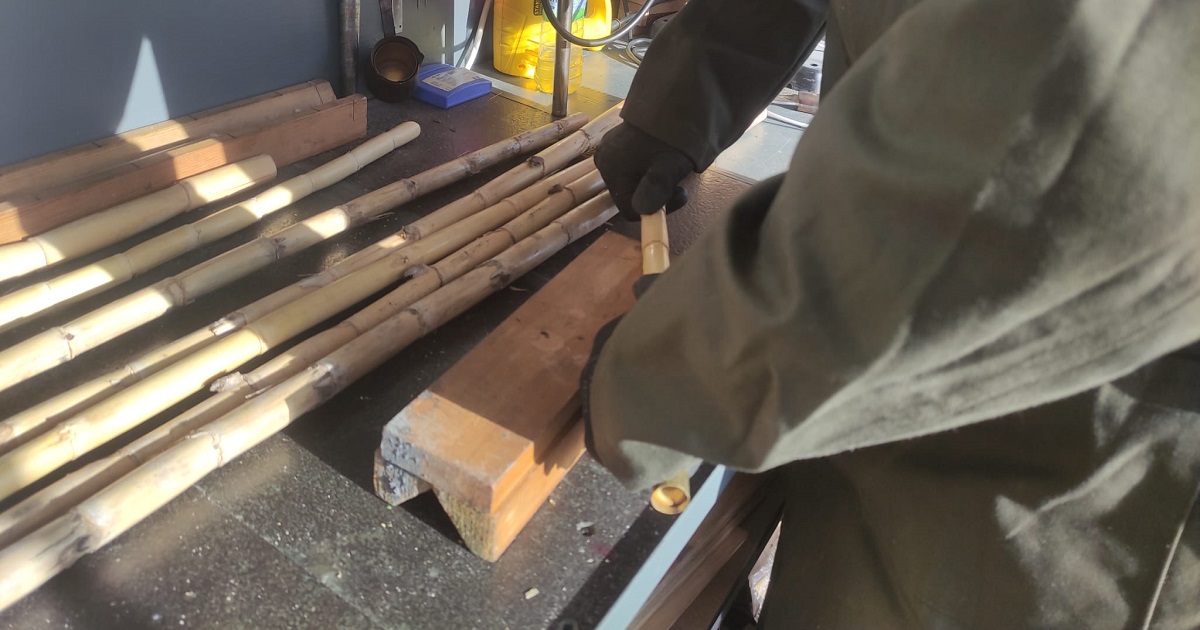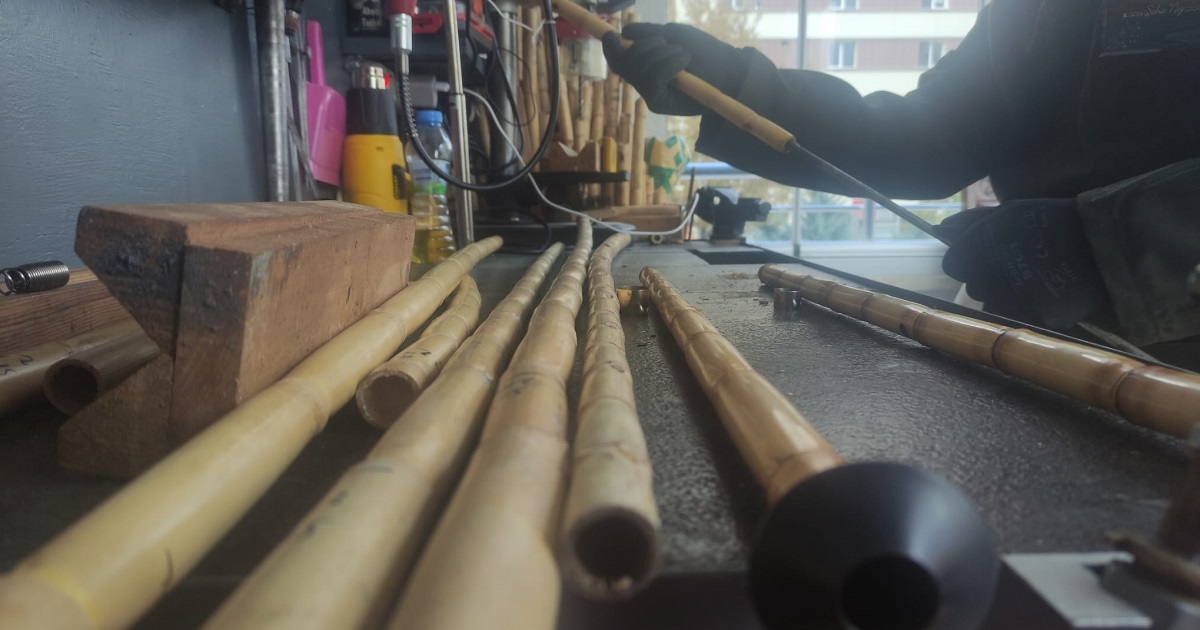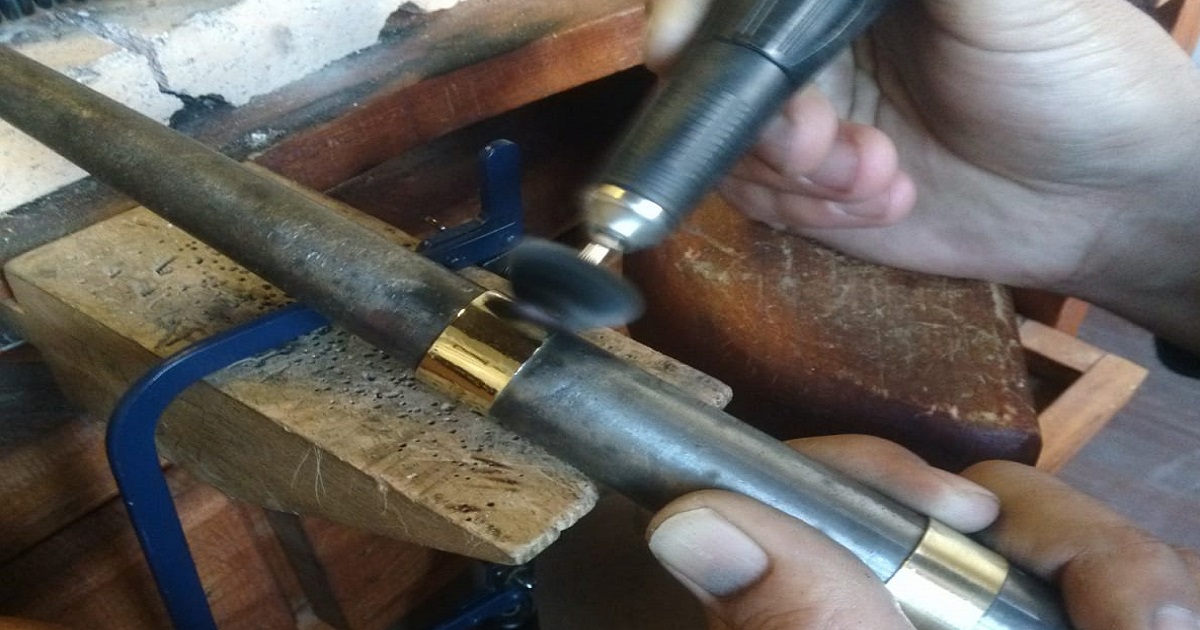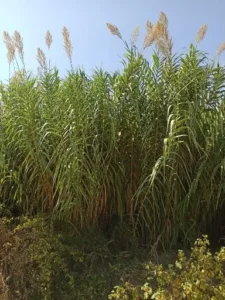How Do We Manufacture Ney?
The primary material used in ney making is reed. Finding reeds suitable for ney construction is not easy, as reeds with short internodes—required for proper ney making—are quite rare. The process begins by sourcing appropriate reeds (arundo donax) suitable for ney crafting. These reeds are harvested during the right season and under optimal weather conditions, then dried carefully to preserve their quality. When selecting reeds, attention is paid to the hardness and sheen of the outer enamel. Choosing and drying reeds with the right diameter and characteristics profoundly impacts both the sound quality and the aesthetic form of the ney to be made.
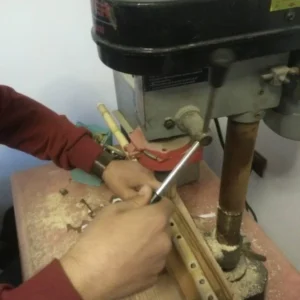
How is a ney made?
The selected and properly dried reeds are adjusted in length according to the desired pitch (with approximately one extra node at both the top and bottom). The bark and knots of the reed are carefully cleaned. If the reed is curved, a heat treatment is applied to straighten it. The inner surface of the straightened reed is cleaned using appropriate tools, and an opening is made at the node referred to as the sound chamber. Using a suitable and high-quality tuning device, the sound produced by the ney is measured, and the length of the ney is adjusted millimeter by millimeter to produce the correct frequency. Once the ney reaches the proper tuning length, tone holes are opened—initially smaller than required—by burning or using appropriate piercing tools. Since any error in the millimeter calculations of the holes directly affects the tuning of the ney, great care must be taken during this process. Afterwards, any roughness around the opened tone holes is smoothed with sandpaper. The upper end of the reed is shortened to fit the mouthpiece, and both ends are sanded to achieve a smooth finish.
Metal rings called parazvâne—made from suitable metals such as silver, German silver, alpaca, brass, or copper—are fitted to the upper and lower ends of the reed according to their diameters to prevent cracking. These rings should be crafted from metals with a wall thickness of 0.30–0.40 mm to preserve the tonal quality. After attaching the parazvâne, a mouthpiece (başpâre) is added, preferably made from water buffalo horn or other suitable materials such as ivory, derlin, wood, or plastic. The başpâre is used to produce a clean sound and to prevent possible injury to the lips. (Within the Islamic world, the başpâre is used exclusively by Turkish ney players.) Next, the ney maker checks the tuning of each tone hole. If a hole is out of tune, it is shifted slightly upward or downward as needed; holes that are correctly tuned are widened in place using a heated iron to finalize the tuning. The ney is then cleaned one last time, and any knot cavities are filled by dripping natural beeswax into them. After all these procedures, the ney is immersed in a tank filled with fine, clean vegetable oil (such as cottonseed, almond, sesame, or hazelnut oil) and left to soak for several hours. (How to Oil a Ney) Once removed from the tank, the oil is drained, and any excess remaining on the surface is wiped off using a clean, soft cloth.
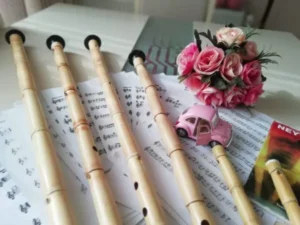
The ney is now ready to meet the breath of its new owner.
One’s rank of intellect is revealed in what they produce."
